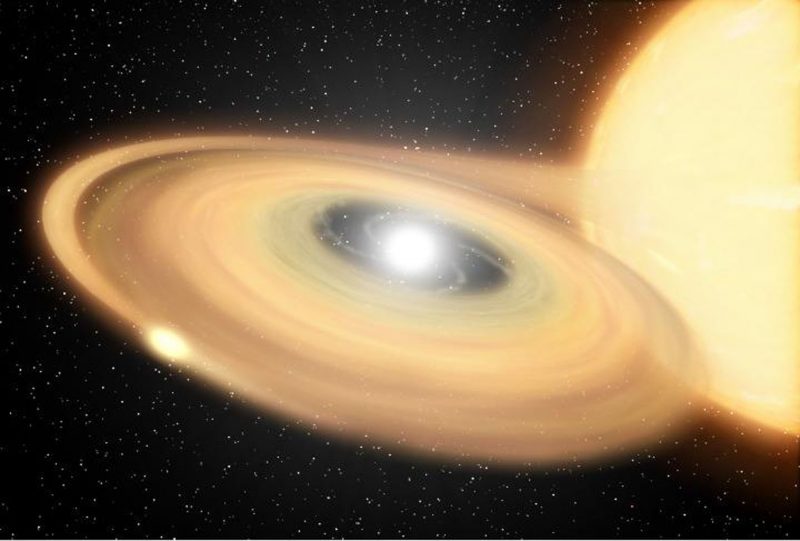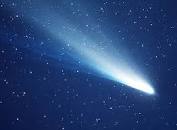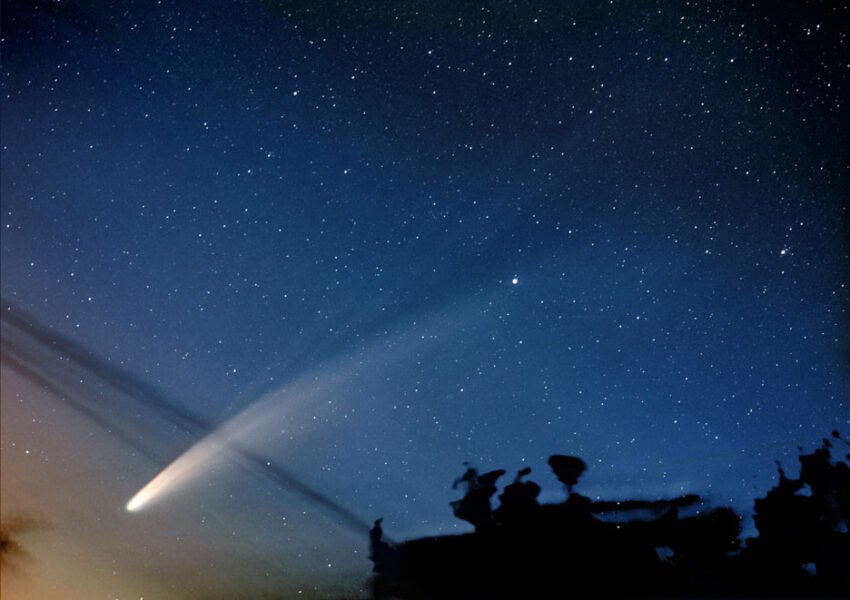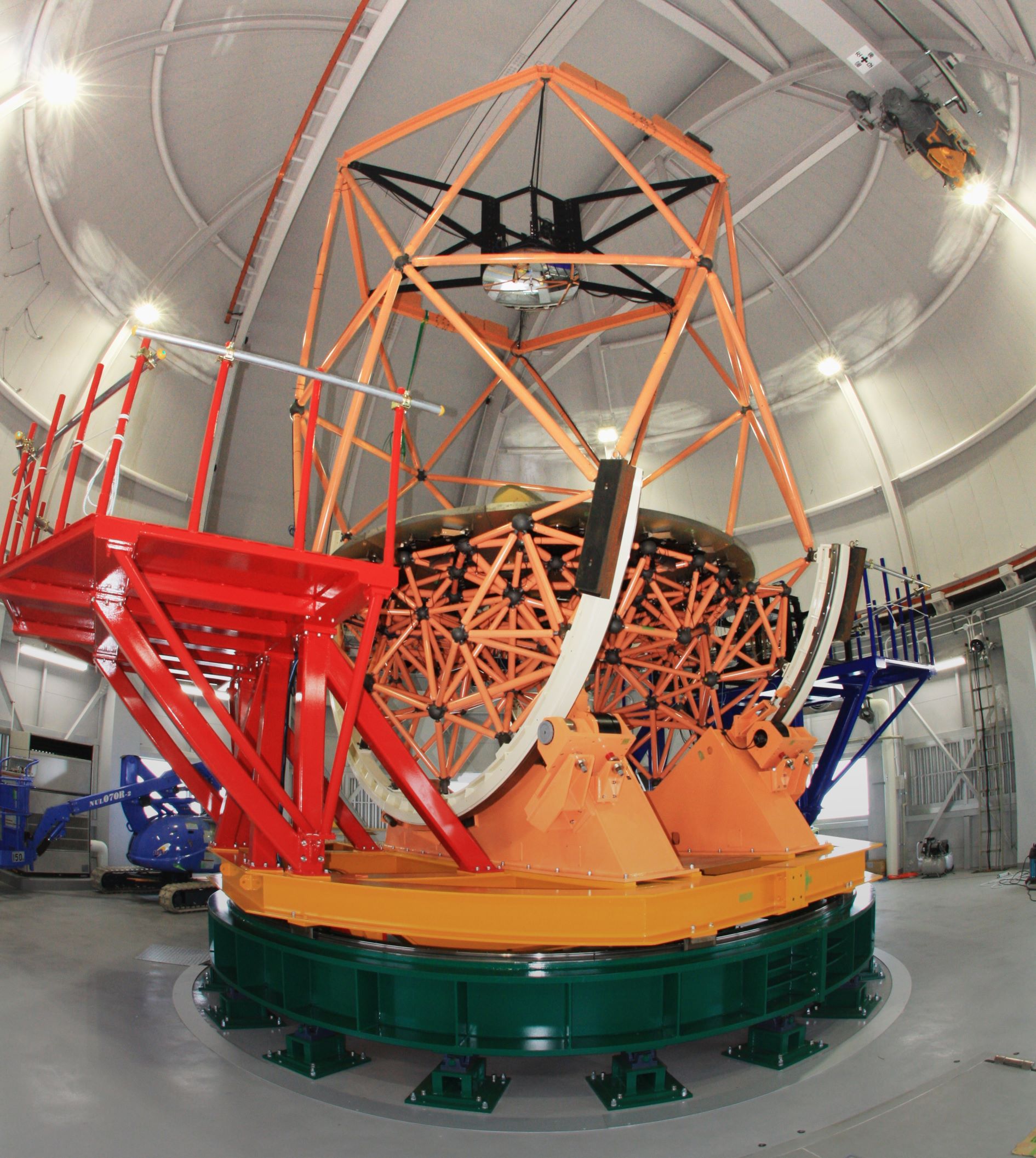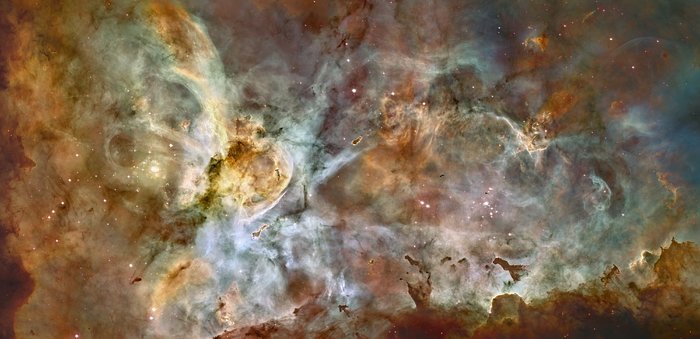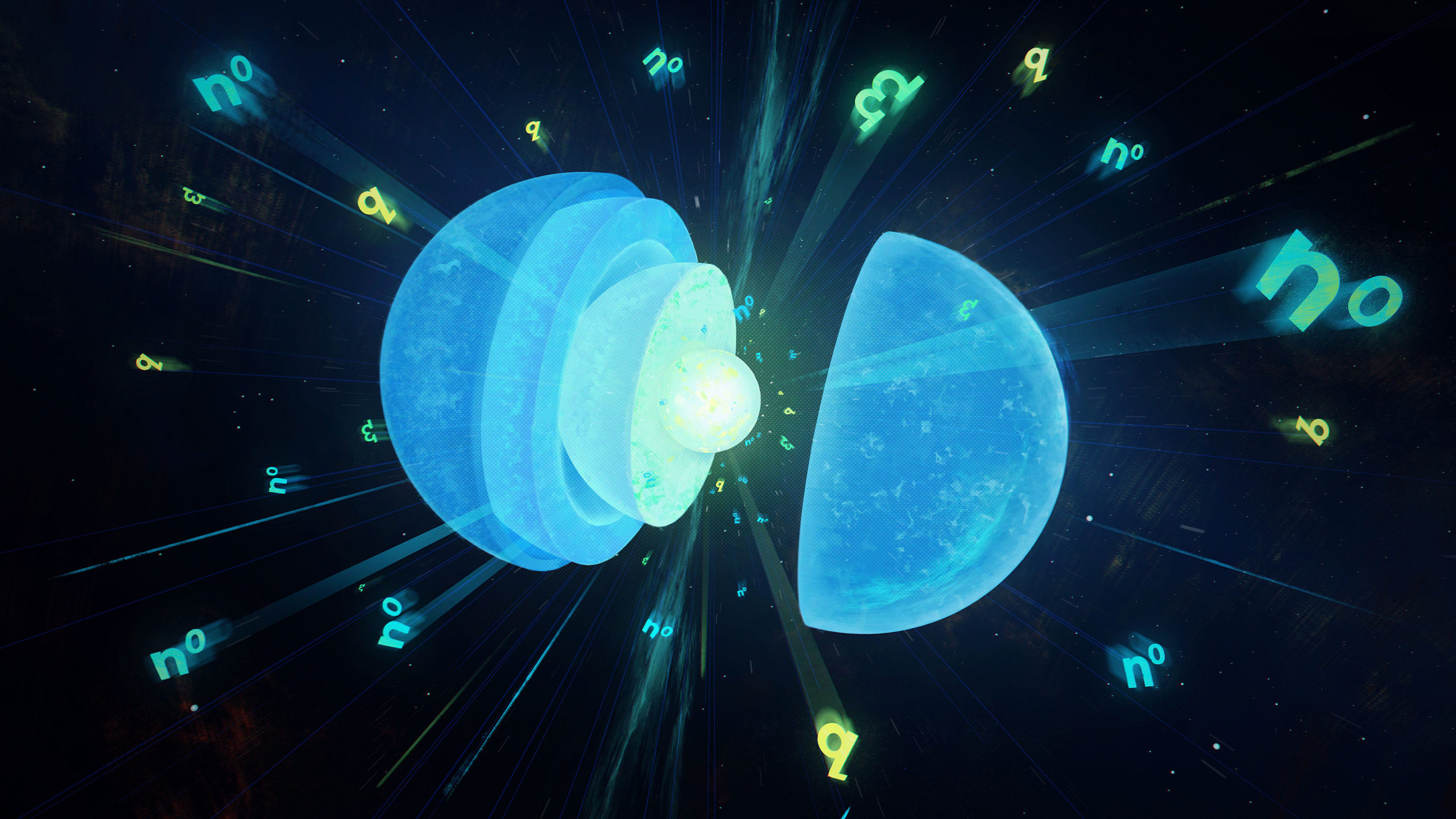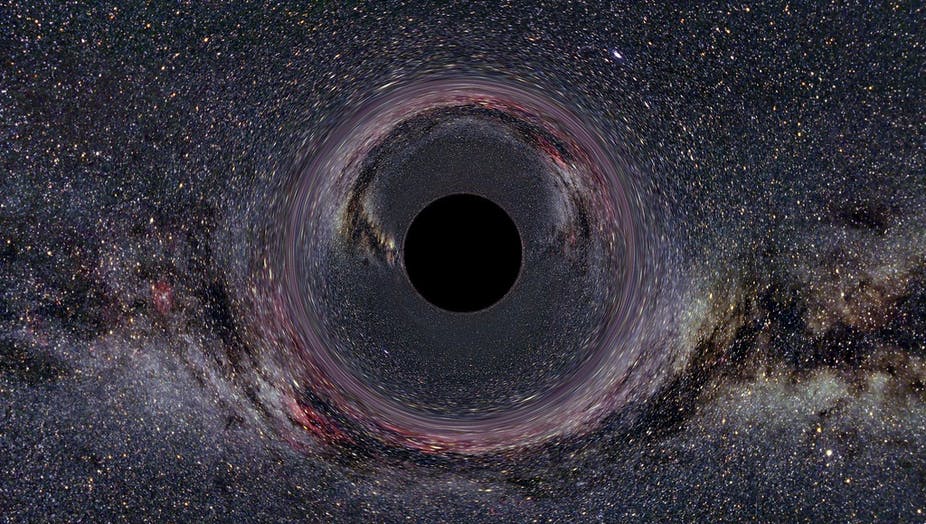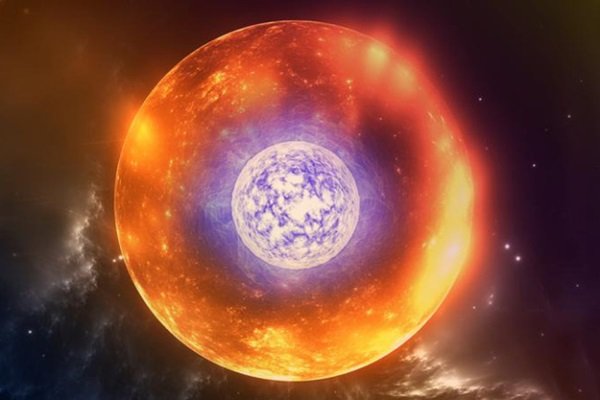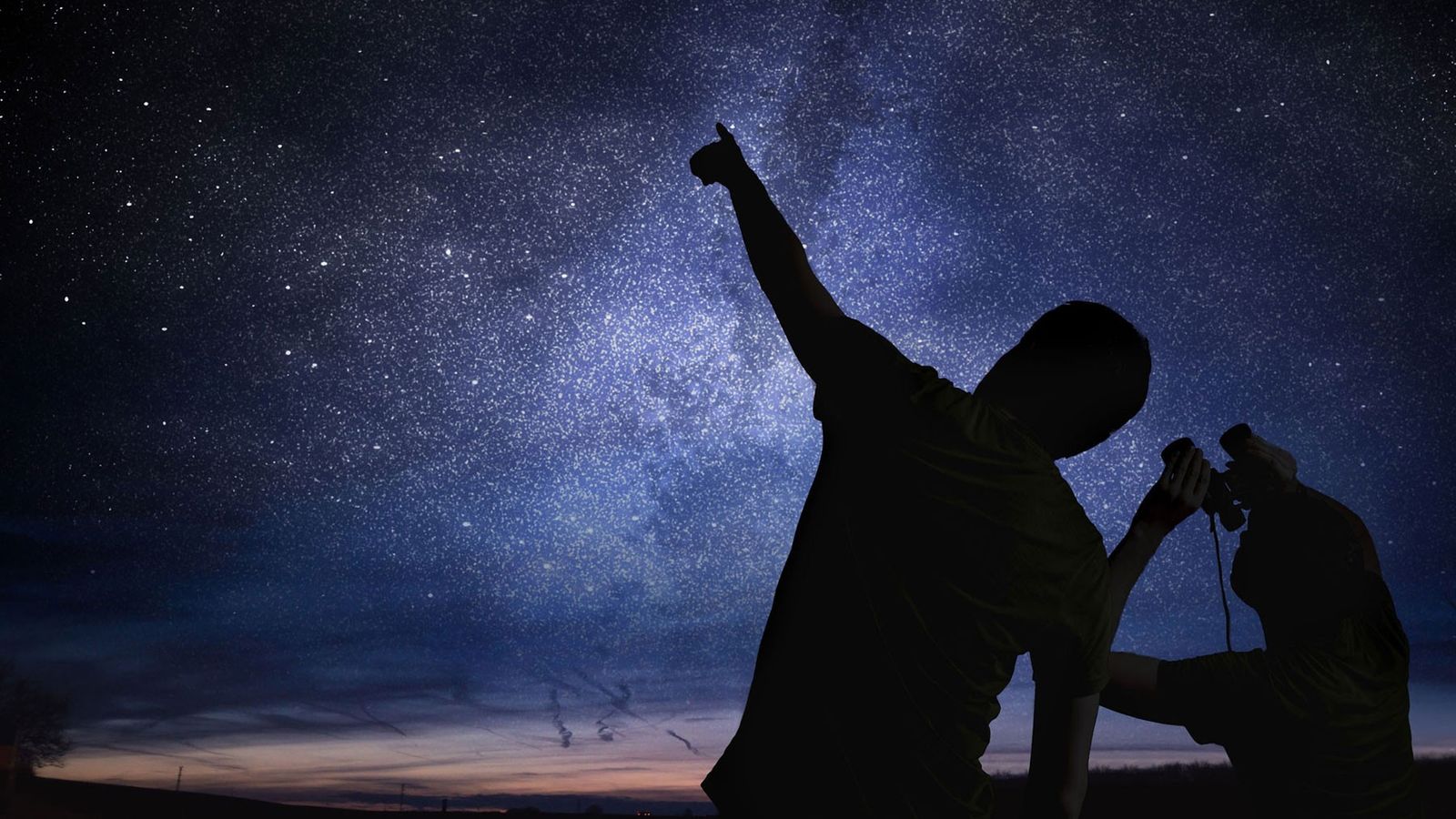Top Astronomy and Astrophysics research from the week of 7/12/2020
Next week’s night sky If you have a telescope or binoculars, next week will be full of awesome things to see! Monday is the new moon, This means that the sky will be extra dark, making the stars look more luminous in the sky! Also on Monday, Saturn is at apposition! This means that it will be the brightest it will be all year. Coupled with the new moon, this should make for a spectacular sight! On Friday, from 05:20 -08:00 GMT, Europa’s shadow will pass through […]
Read more